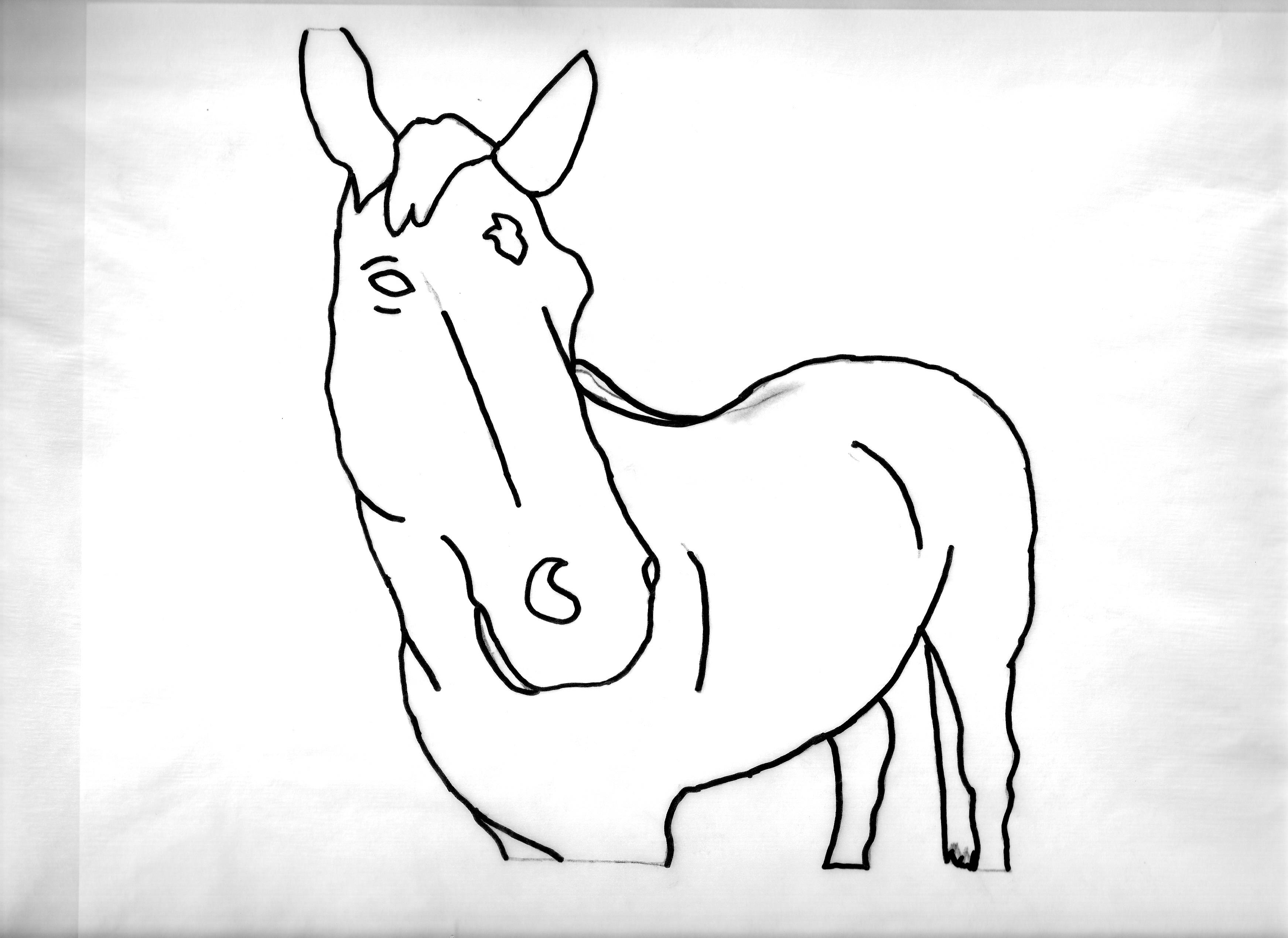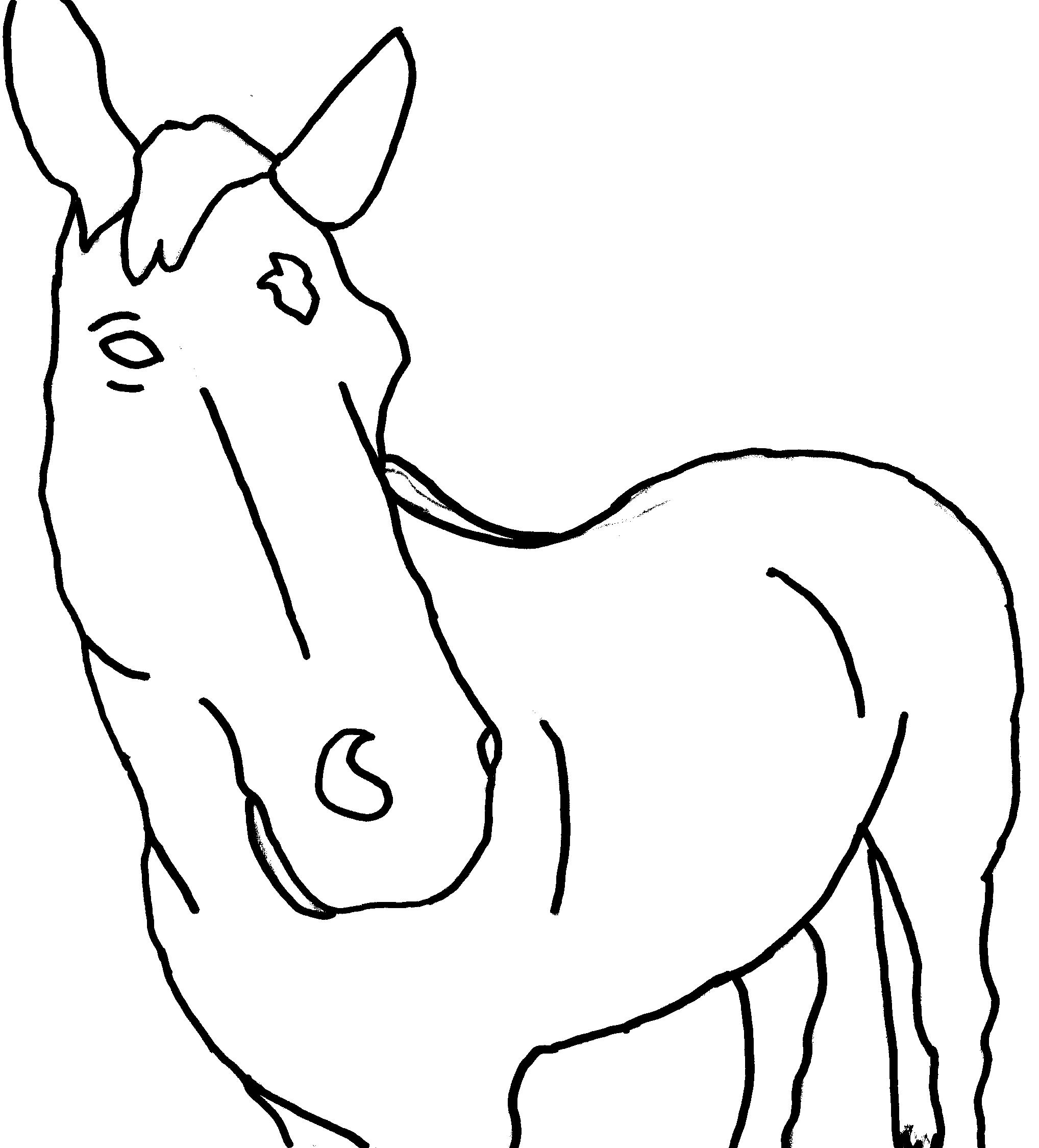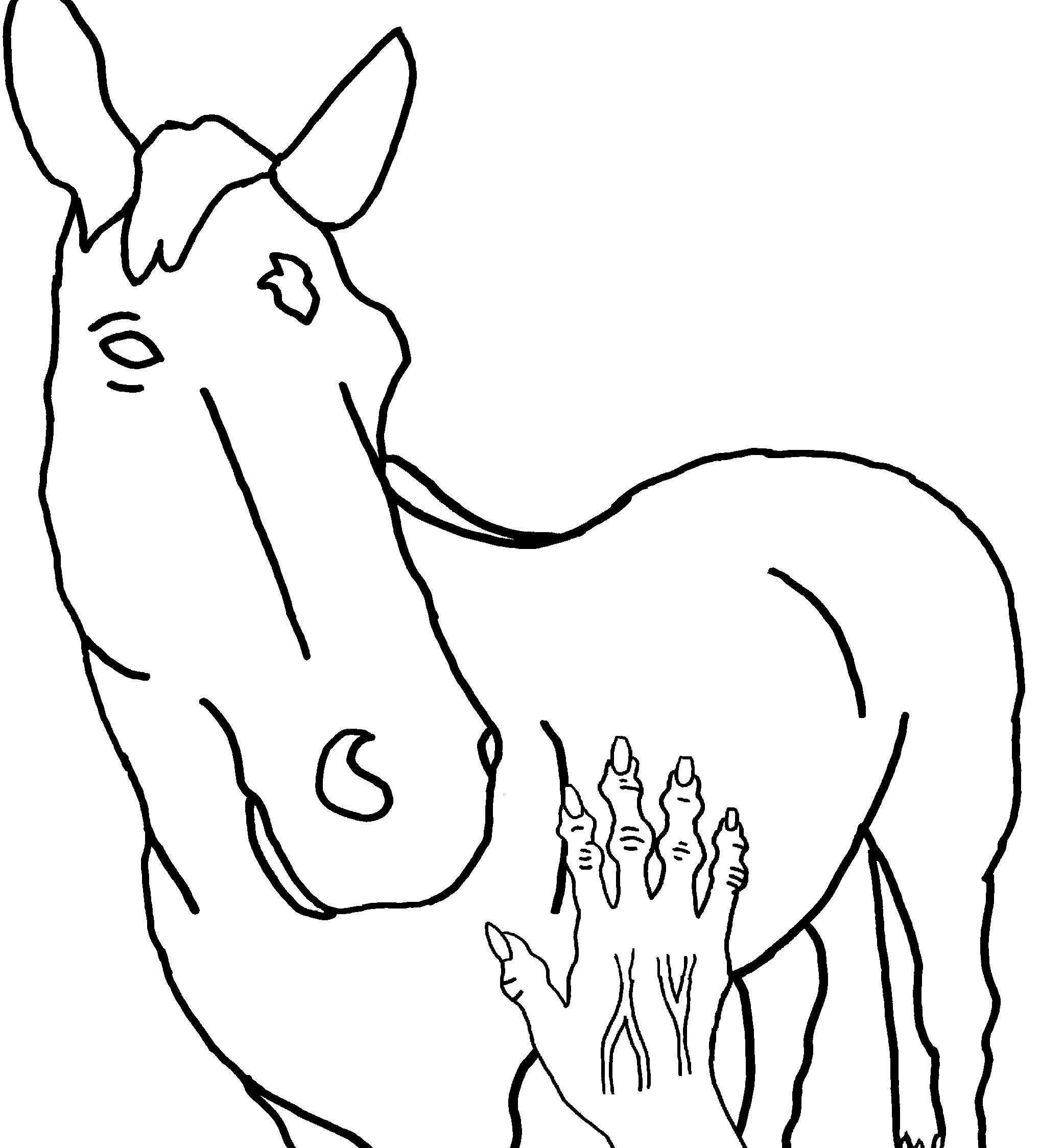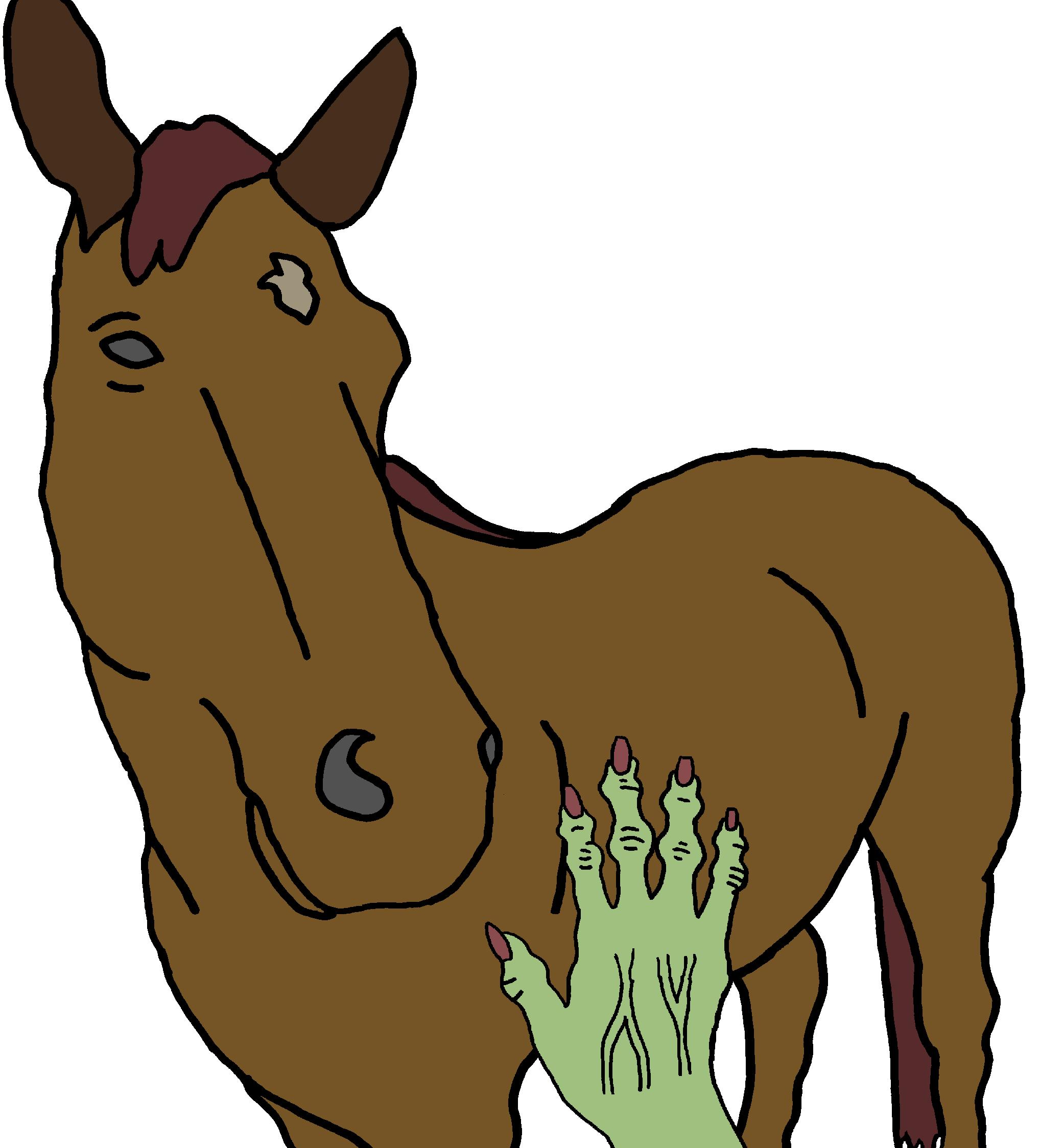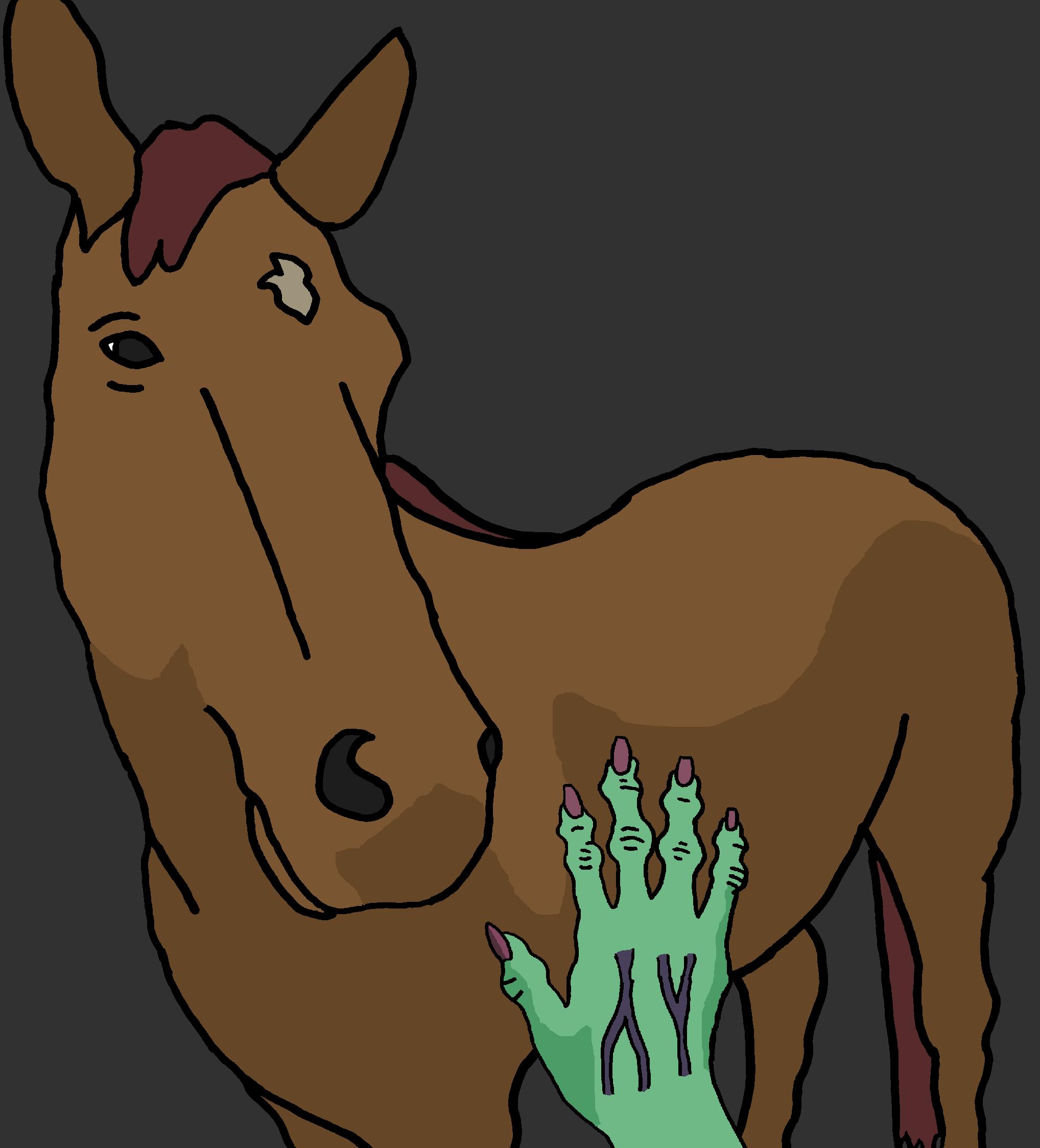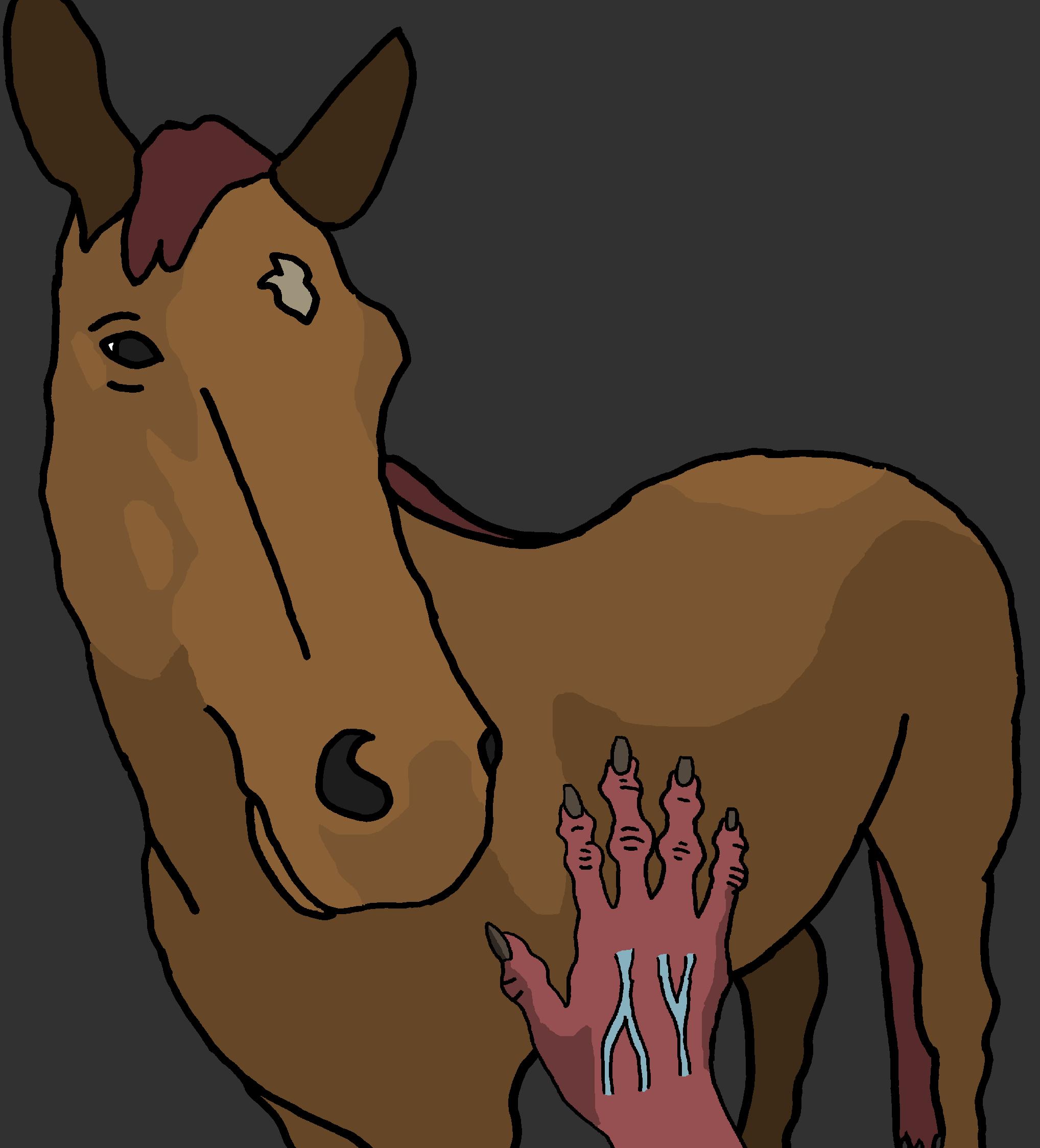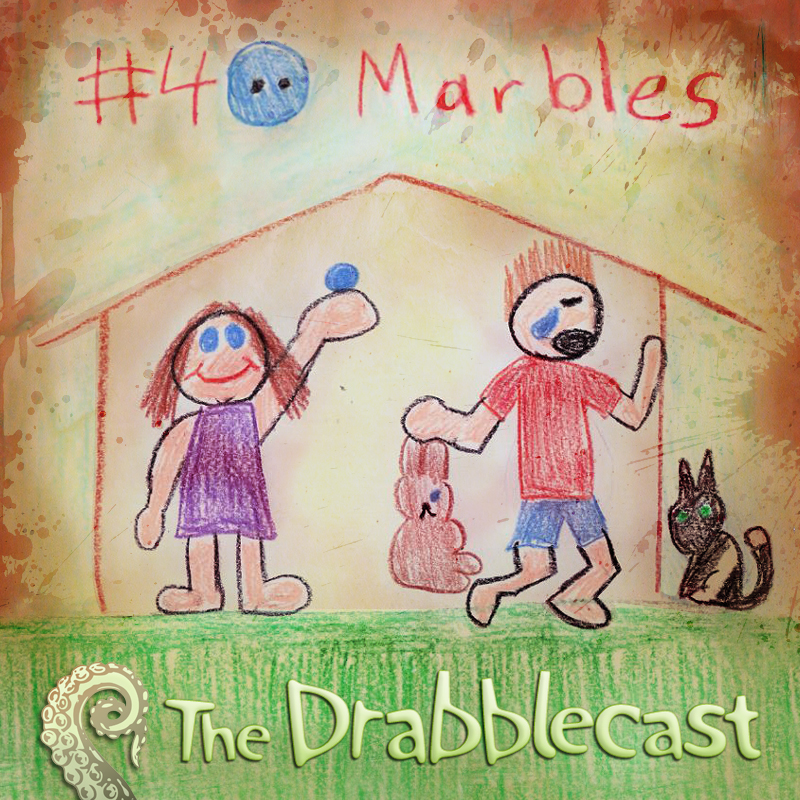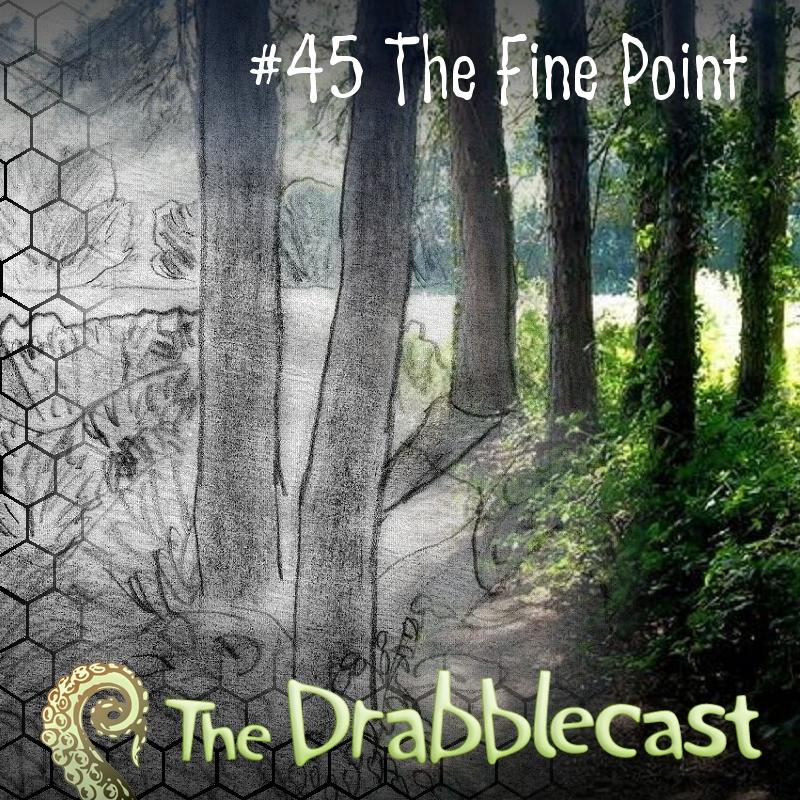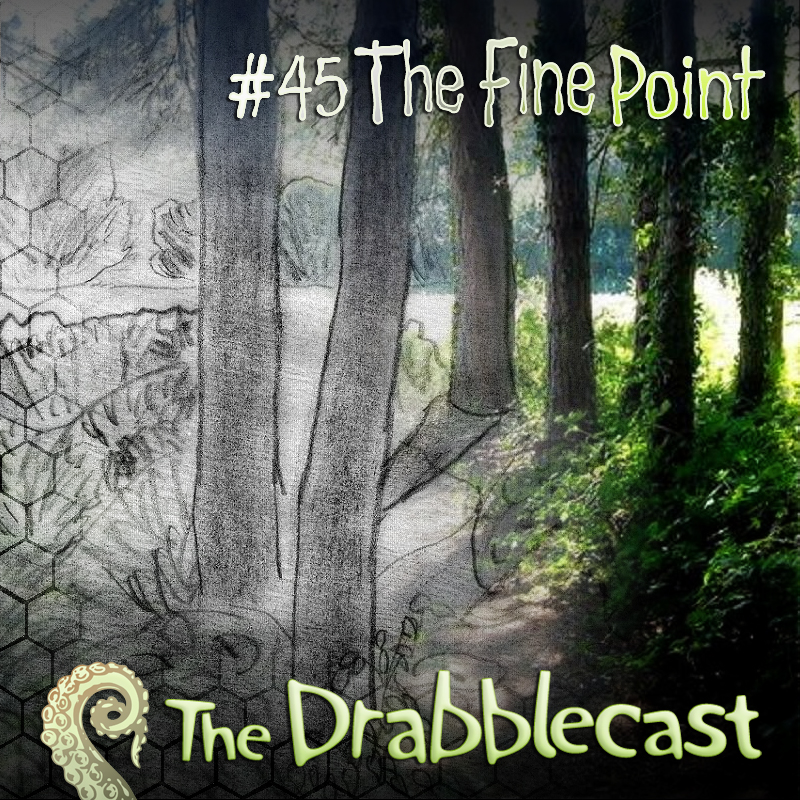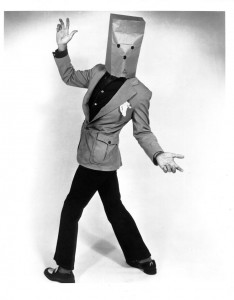written by Frank Dutkiewicz
At the time that I am writing this, DSF has passed its first year of publication. No news has surfaced on whether it is now a SFWA qualifying market. With a subscriber base of over 2600 and website that receives 10,000 visitors a month, I can only imagine that it is the-powers-that-be have yet to do the necessary homework to determine what most of us know already; they’re one of the most widely read speculative fiction venues out there right now. Some may consider their growth slow but I am finding it remarkable considering its expansion has been a grass roots type of campaign. Word is gradually spilling over, links are shared, and ecstatic authors announce their success to this new outlet.
Daily Science Fiction is the way of the future. The higher ups just don’t know yet. If you are still not sure, then check out this month’s reviews and go to their site and read them yourself.
The Stories
An explorer searches for a lost party in “V is for Vamonos” by the Alphabet Quartet (debut 6/1). The nameless protagonist braves the jungle to find the Colonel. The Colonel is ill and his camp has been overrun. Has it all been for naught?
This story is set in a world in which animals can speak and have become partners with humans. Other than that I cannot find a redeeming quality about this piece. The story goes nowhere and resolves nothing. I couldn’t even decipher what species the protagonist of the story was. The tale was like the setting, lost in a jungle.
Death has come for the protagonist’s beloved husband in “Dealing with Death” by Brenta Blevins (debut 6/2). She is there when the dark angel arrives to take him. She strikes a deal and accompanies Death as he runs his rounds.
“Deal with Death” shows the grim reaper as a compassionate soul, using his power to relieve the pain the dying suffer. All pain is not so easily seen. The angel aims to spare some of pain that is yet to be received.
The story has a fitting end. Although the tale didn’t wow me, it left me quite satisfied that I read it.
An inconsequential man awakes to learn a time-traveler has come to kill him in “Apology” by Sam Feree (debut 6/3). A young woman from the future sits on his new couch in her muddy shoes, informing him he is the one person in history whose life matters none. He has become the stress reliever for a time traveling society, getting murdered thousands of times. They spend the day together, contemplating life and enjoying it to its fullest.
“Apology” is a dark comedy. I found the two characters very likeable. The time traveler is a fun girl who has had a bad day the day before. The protagonist is a detached fellow, taking the news of his upcoming murder quite well. You get the feeling that learning his life is, and will be, unimportant as a justification of a suspicion he always had. The story evolves into a romantic comedy, without the romance. We follow the pair around Chicago. The soon-to-be-dead hero just rolls with it all. Resigned that he will be murdered and accepting it as an eventuality.
The story line to “Apology” does sound weird but the tale comes off as normal. The two treat the entire affair like a first date, rather than a tragic horror that it should have been. I found Sam Feree’s writing style attractive. The story was easy to follow and enjoyable to read. Maybe it was because I found his protagonist easily identifiable (I hope not). If you are one who detests romantic comedies, this one likely isn’t for you, but overall, I found it not a bad tale at all.
“Sister” by Melissa Mead (debut 6/6). Sister and Brother flee from their cruel Stepfather. The pair take refuge in a cave near an enchanted stream. Despite her warnings, Brother drinks from it and transforms into a deer. He now must avoid the King who hunts in the woods. Perhaps Sister can protect him yet, pleading with the king.
“Sister” is written like an Aesop tale. The story has that halting and disconnected feel to it. The characters have names that our pronouns and the story jumps through long stretches of time. However, like an Aesop tale it has a moral and a fitting end to it.
A man opposed to a fascist society is prepared to perform a mutual assured destructive act in “Dharma Dog and Dogma” by Steven Mathes (debut 6/7). The authorities have busted down Dobbin’s door. He waits with his trusted German shepherd by his side and his thumb on a nirvana bomb. The device will instantly ascend all who are worthy to heaven in a kilometer radius. Potts, the fascist negotiator, is eager to stop him.
I found this premise to be ridiculous. The bomb does two things; bring awareness to all within its range than make all who are worthy vanish. It causes no other damage. I would think a society eager to control would welcome its use, seeing that it instantly rids all who oppose it off the map. I did, however, enjoy the writer’s way of bringing the piece to us. His writing is crisp and engaging.
A disgraced prisoner is found by his warden in “W is for When” by the Alphabet Quartet (debut 6/8). Future violent convicts are sent to the past, made female and expected to become upstanding citizens. The warden is disappointed to discover the future felon has made prostitution her profession. She learns the practice of gender switching and exile has been declared cruel and unusual, but taking a job that is considered illegal does not bode well for her. The warden can overlook the indiscretion, if she is willing to do him a favor.
This was one of the better stories the quartet dreamed up. Loved the concept of the future time travel punishment. What made this one great was the poetic justice ending. Recommended.
A junkie constructs his dream woman from a discarded photo in “Building a Future” by Rhonda Jordan (debut 6/9). The protagonist finds an old picture in an abandoned house. He makes up stories of a fantasy past and tells it to others until he finds a female junkie who used to build androids. The pair work together to build their android, gradually forgetting their drug dependency as they create.
The tale is told as a success story. It was, but came off as disconnected success story. The distant feel made this piece not as appealing as it should have been.
Aliens seek to improve our favorite pet in “Made of Cats” by Judith Tarr (debut 6/10). Another invasion from space befalls on Earth. This time the alien’s motives are peaceful. They transform our cutest partners into something even cuter, as a demonstration of their good intentions, proving that even the best marketing sometimes overreaches.
“Made of Cats” is written as a humorous piece. Expect anything else and you’ll be just as disappointed as the protagonist’s five-year old daughter in this tale. I must admit, the story had its moments (the diet crack I found particularly amusing), but I felt it stepped over the line of funny and into the ‘generally silly’ territory half way through. Nevertheless, humor is subjective and subjectively speaking, Ms Tarr did well, but as a guy who likes to weave tales that tickle the funny bone, I can safely say my sides were never in danger of splitting.
Modern progress has come to a potion-maker’s home in “The Thinning” by Christopher Owen (debut 6/13). Becky is not happy at all when the power company arrives to link her house with the electrical grid. She sees no need for it and its very existence is a disruption to her potion creating.
Without elaborating, this tale is woven while Becky is in the middle of a love potion. The two events , making the potion and the arrival of modern convenience , have little to do with each other. The ending of the piece has a twist that mattered little to the overall plot.
In “The Clex Are Our Friends” by Mario Milosevic (debut 6/14), you are a soldier in a galactic war. The story is a manual intended to help you with the occupation and mopping up duty on the planet Cleck. It advises you on how to treat the native species and adapt to their culture. Take heed of its advice, even when it doesn’t make sense.
This satire of military and diplomatic protocol is more ridiculous than humorous. The manual is written as a pep talk, even when its very pages makes the world seem like a tour guide through the slums of a third world nation. Not a fun place at all.
A wizard misinterprets a want ad in “X is for Xylomancy” by the Alphabet Quartet (debut 6/15). A Xylomancer shows up for an audition for a xylophonist. It appears they have little use for a sorcerer whose gift is to predict the future by reading sticks but the Xylomancer is out to prove them wrong.
When I read this I thought, “Really? Working for a band is the best this guy can do?” I have chastised many stories on DSF for being about nothing. This story falls in that category but it deserves praise. Sometimes pointless tales can be fun. This story was fun.
June’s reality is up for interpretation in “Blivet for the Temporal Lobes” by Dave Raines (debut 6/16). June’s life changed the day an experimental surgery cured her epilepsy. Her mind now sees people and things as metaphors of their true nature , transforming them how her brain perceives them. Threatening people become horrible monsters while the kind and caring turn into softer images. Her world has become an ‘Alice in Wonderland’ kaleidoscope equipped with modern day cultural references. June has learned to adapt to her revived life, accepting her ‘gift’ as a way to see how people really think and behave, until the day a man walks into her life who doesn’t change at all.
“Blivet” is a very inventive tale. Despite its short length, Mr Raines effectively plunged the reader into a world most of us would consider a hell. June’s ability appears to have a psychic quality to it, or at least June assumes it to be as such. She somehow manages to keep her job as a waitress, even when customers morph into wolves, mannequins, and other similes that fit how she perceives them. A man she refers to as Adonis is the lone exception. His failure to transform unnerves her, and turns this tale into a metaphor of its own.
“Blivet” is the type of story for everyone who was suddenly faced with doubts in their own ability. June has come to rely on her gift, using it to see how people feel and grasp at how they treat others around them. Adonis represents her shortcomings and salvation in one package.
It was while I wrote this review, it dawned on me the larger meaning of this story. “Blivet” is not just a well-told tale; it’s a metaphor on human perception. I found it ironic how a story of metaphors so effectively hid one of its own. I hope those who judge which tales of speculative fiction are the outstanding ones in next year’s awards, don’t overlook this one because of its length. Recommended.
Humanity adjusts to a plague of undead in “The Three Laws of Zombie” by Lavie Tidhar (6/17). Susan Hobbes is in search of a zombie who doesn’t obey the three laws that are ingrained in all zombies. Society has come to grips with them, creating religions and rationales for their make up and psychology. Ms Hobbes isn’t interested on how they fit into humanity. She wants to know if they are here to end it.
“The Three Laws” is part satire, part horror, part mystery, with it all mixing like a stew of milk, water, and oil. The story line is disjointed; jumping from action scene, to an article, to a character’s inner contemplation. The title and loose plot devolves into a half-hearted comedic attempt involving Isaac Asimov’s three laws governing robots. The story is difficult to get into. The changing scenes of small slices of society made it impossible for me to get grounded into the plot. One thing I did find interesting was the nature of Tidhar’s zombies, an evolutionary leap as a plant/animal hybrid, allowing them to survive on photosynthesis. The tale is unpredictable with an ending I wasn’t expecting. In fact, I’m still not sure what that ending was about.
Based on Lavie Tidhar’s ability to get his stuff published in almost every publication I have reviewed over the past year plus it is clear he has a following and is able to impress any editor he presents his work to, but I just don’t get it. One thing I will say is he has certain appeal to his writing. His stories do draw me in and his plots are unpredictable, but they almost always lose me before the end. One of these times he’s going to write something that I love; unfortunately, this one ain’t it.
A man on a forsaken world wishes to connect with God in “Godless” by Stephen V. Ramey (debut 6/20). All the worlds of humanity have been linked into the Wholeness, save Earth. Man’s home world has become a worldwide slum, a primitive backwater. The Wholeness is seen as a link to God by the protagonist. He is approached by an off world tourist, a woman who seeks to get dirty on the filthiest of worlds. The protagonist wants to be touched by God, no matter what the cost.
“Godless” is an idea that is taken from A C Clarke’s axiom that advanced technology would be indistinguishable from magic to a more primitive society. I liked Mr. Ramey’s approach to this notion, well done; however, I felt the story was too brief to fully explore a future where off world technology outstripped Earth to this degree. Perhaps the author has intentions on building on this. I would like to see his next publication if he does.
A terminally ill John has awoken from a cryonics sleep to be greeted by a brother he never had in “His Brother was an Only Child” by Ronald D Ferguson (debut 6/21). When John Ashley died, he left a dying world. The one he has returned to appears to be rebounding. Enough trees have grown to make a forest, a strange creature called a ‘rabbit’ now has a population of a thousand. The planet appears to be on the mend but the caretakers of the hospital he is confined to are off. Save for his brother, everyone is distant, refusing to speak to him. Another patient shares the ground with him, deformed and shy. John finds it increasingly odd this hospital he is in and wishes to rejoin society again but learns recovery may take more time than he has.
This tale is reminiscent of an old Twilight Zone episode (not going to say which one), but the twist reveal in this story was done far cleverer than that crafty tale. Mr. Ferguson did a splendid job, providing enough clues so when I got to the reveal I was shocked that I didn’t know what was going on all along.
“His Brother” was masterfully done. Recommended.
Â
An ill woman is surrounded by yellow in “Y is for Yellow” by the Alphabet Quartet (debut 6/22). The protagonist’s husband has moved her into a home painted in yellow. Everyone who comes to see her is clothed in the school bus color, even the grass is killed to rid it of the green. Her husband has said it is necessary for her cure. Green calls to her, but yellow stands in her way.
This is a clever superhero story, like none I have ever read. The sex of the protagonist threw me off, but it is story line that is too good for the comics. I loved it.
“Y’ isn’t the best story the quartet wrote, it’s not even the best this month, but it impressed me. Recommended.
Â
Angering your time traveling girlfriend can result in unfortunate consequences in “Love at the Corner of Time and Space” by Annie Bellet (debut 6/23). Darrin has been abandoned at the Crossroads of Time and Space. It’s not first time he has made Ashley mad but it is the first time she failed to come back to get him. The surreal corner is nowhere with access points to anywhere, the problem is Darrin has no idea on how to access them. He can continue to wait for her in this place where time isn’t a linear measurement, or find a way out for himself and a way to repair their relationship.
“Love” is the story of man who hasn’t yet grown up. It is clear Ashley is the one in control, and she is vindictive woman with the ability to send her naughty boyfriend into the ultimate time out. The story starts off with Darrin and his passively aggressive, self-pitied attitude stuck, wondering if Ashley is ever going to come back. The rest of the story is Darrin contemplating what he’s done wrong, just like a spoiled child in ‘time out’ would do.
The only appeal of this tale was the setting, a strange and surreal place, but I found its lone character not likeable at all. It sounded like his girlfriend pulled all the strings in their relationship , a narcissist with too much power , but his whining self-contemplation made me think he deserved her.
“The Artwork of the Knid” by John Parke Davis (debut 6/24) is the story of an alien species who have quietly come to live among us. The Knid are small and unassuming creatures. They’re slimy with tentacles for mouths and are intrigued with us. The silent creatures (silent because they don’t speak) have become something of a new age immigrants, performing menial labor work. They appear to absent of any creativity or imagination of their own until the protagonist is granted a rare artistic viewing.
“Artwork” is a strange type of tale. There is a deeper meaning to this piece but I confess it missed me. Part of the story briefly touched on what the knid where doing on Earth. The characters puzzle on this subject, not remembering when they first appeared. An explanation on how they got there wasn’t even explored. From what I gathered, they were just ‘there’ as if they always were.
The tale shifts when the protagonist’s first views a knid’s ‘play’. The event sounded more like a psychedelic trip than artist’s creation. Strange by description, religious by the effect it left on the protagonist. From that point on, the protagonist becomes something of a minor activist for the knid, treating them as a big brother would a smaller and weaker sibling, doing his best to protect them from a cruel world.
“Artwork” is a tale that drew me in. I was genuinely intrigued by the writer’s presentation of the knid and his protagonists perspective of them. I truly wanted to learn more about them. However, like the story itself, once I learned all I could about them, I discovered they weren’t all that interesting after all.
A knot connecting two ladders slips on Hevsen’s ladder, setting in motion a chain of events resulting in the “Fall of the City” by Daniel Ausema (debut 6/27).
“Fall of the City” follows a trail of innocuous circumstances. The story is set in civilization built on webs with machines called ‘spiders’ used like cars. The entire place appears to be overly fragile. I wasn’t sure if the city I was reading about was set in a steampunk genre or an alien civilization.
I thought the tale was told from way too distant of a perspective. The place also was strange, lending to a general disconnect I had with the piece.
What could be a bigger thrill than space jumping from a space elevator? In “Freefall” by Eric James Stone (debut 6/28) we find out. Gina loves to freefall. Her brother and father run the elevator but she is after only the thrill of the jump. Then disaster strikes. The asteroid counterweight breaks free and her brother is on the crawler on the way up. GeoTerminal 1 will be saved but at her brothers expense. She is his only hope.
“Freefall” is excellent science fiction. The premise is based on a future but likely technology with a potentially real problem. The story is quick and thrilling. The protagonist’s solution to the problem I found clever. My biggest complaint was its length. The story could have and should have been larger. It would have likely been fantastic instead of great. Recommended.
Â
Anna is running in “Z is for Zoom” by the Alphabet Quartet (debut 6/29), but is she running from something or in search of the thing?
This tale baffled me. Anna just runs. Why? Couldn’t really tell you. There are hints but I was unable to decipher the reasons from them.
In “The God of the Poor” by James Hutchings (debut 6/30), the gods pick who and what they will have dominion over. Only one item is left. Who will look over the poor?
This is a very short, Aesop like tale. It didn’t quite work for me.
Analysis
ÂThis month marks the end of the Alphabet Quartet’s contributions. I have greedily reserved all the stories for myself to review. The entire series is set to be available soon at Escape Artists. Some of them I thought were wonderful, a few left me scratching my head, a good bunch I recommended. My personal favorite was the first, and longest of the bunch; “A is for Arthur”. This story is high on my best-of list for the year. In fact, it may be # 1. It is worth reading again.
Special note: My fellow reviewers (James Hanzelka, Dustin Adams, and Anonymous) have not abandoned me, nor did I forget to credit them for reviews they have done. This month was all mine but the next will be mostly theirs. I have just received my copy of the latest Writers of the Future. I plan on doing my usual review for the publication so set it upon myself to get all the June reviews done while piling July’s on my minions shoulders so I can turn my attention to the yearly anthology when it came in.
 Frank feels like a big boy now, doing a whole months of reviews all by himself. He is so proud but is wondering when he will get his cookie.
Frank feels like a big boy now, doing a whole months of reviews all by himself. He is so proud but is wondering when he will get his cookie.



